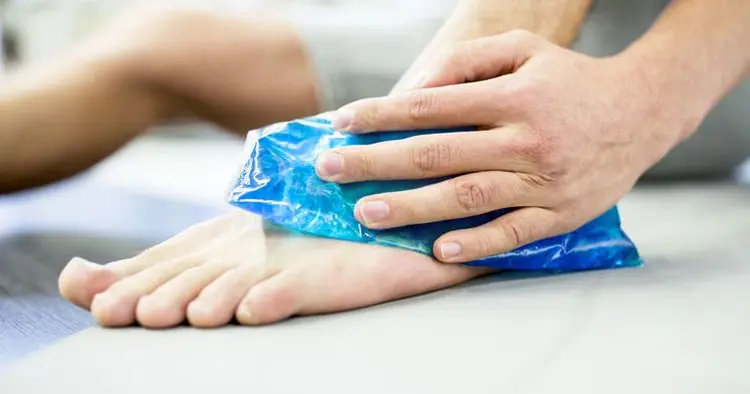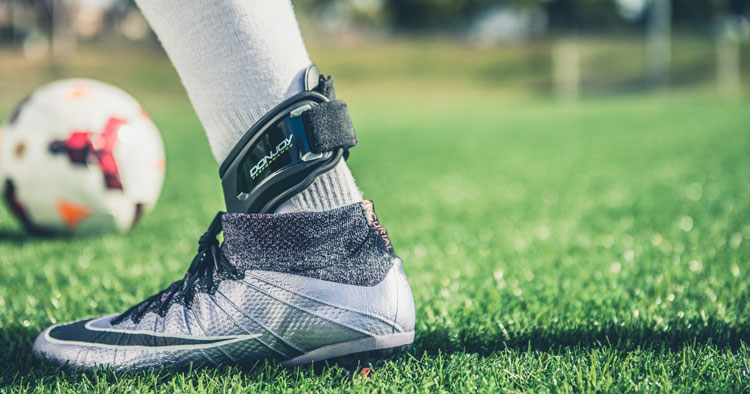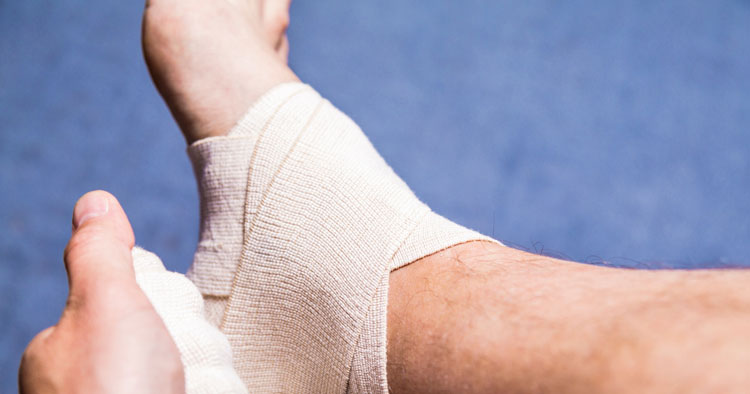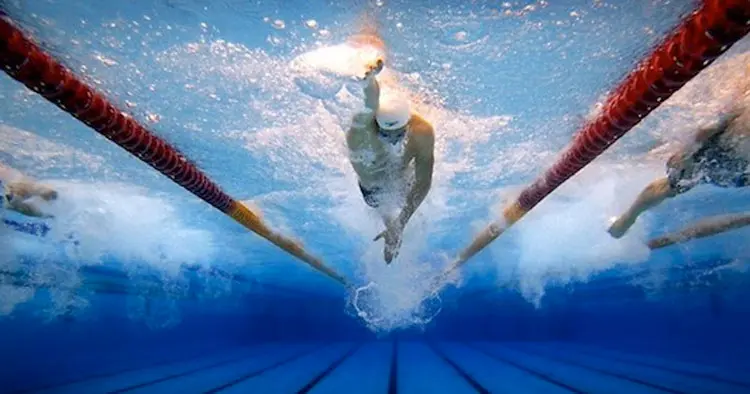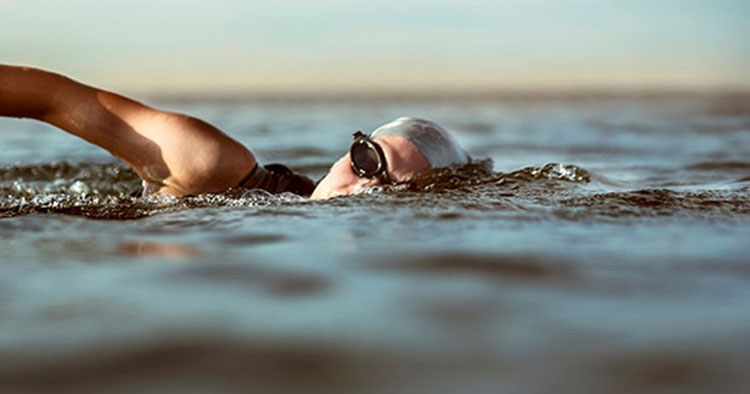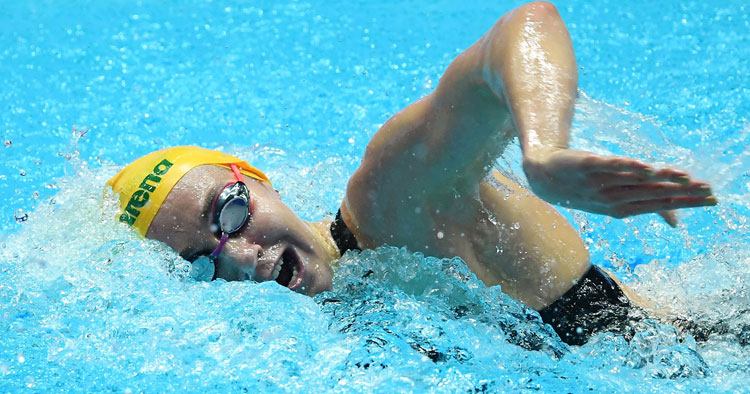Does The Adapted M.I.C.E. Method Need Changing? More recently there has been new consideration regarding the relevance around the application of ice with acute injuries. The R.I.C.E. method has been revisited in and some proposing a newer modified M.I.C.E. method where movement is encouraged rather than rest which aligns well with how we practice our… Read More >
Category Archives: Sports Injuries and Management
RICE An Oldie, But A Goodie??? The R.I.C.E. method of Rest, Ice, Compression and Elevation has been a popular and recommended approach for acute sprain and strain management for many many years. However this treatment method may not be the best recovery method for all injuries and like many medical approaches has been adapted as… Read More >
Acute Management For Sprains And Strains Minor acute injuries such as a sprained ankle or a pulled hamstring are commonly managed using the RICE method at home in the initial stages. RICE has classically been a go to first aid approach for minor sporting injuries where the goal is to ease pain, reduce swelling and… Read More >
Diagnosing Soft Tissue Injuries The diagnosis of strains and sprains is achieved though a history of the causative factor/s, physical assessment and through excluding other causes for symptoms such as fractures, or non-mechanical causes. Imaging to assist diagnosis of a suspected sprain or strain may be requested if the source of the issue can’t be… Read More >
Physiotherapists Are Skilled In The Diagnosis Of Musculoskeletal Injuries When treating a sprain or strain diagnosing exactly what you are dealing with can make a difference to both the management of the injury and subsequently any recovery time frames. Therefore assessing if you are dealing with a sprain to a joint, or a strain involving… Read More >
What Is The Difference Between A Sprain And A Strain? The terms sprain and strain are frequently used interchangeably to describe injuries to the soft tissues of the body. There is however medically a difference between a sprain and a strain. Knowing the difference can help you manage any injury appropriately. A sprain is an… Read More >
Treating Shoulder Pain Swimming The rehabilitation process associated with treating swimmers shoulder is an individualized process. Therefore the time frames and adjustments required to achieve a satisfactory result and a return to swimming will vary from person to person. Training loads, swimming technique and anatomical variables generally all need to be taken into account during… Read More >
Shoulder Pain Swimming Is A Multifactorial Beast Shoulder pain is the most prevalent of injuries amongst swimmers. Shoulder pain swimming commonly referred to under the blanket term swimmer’s shoulder is generally thought of to be a multifactorial condition rather than the result of any single cause. It is considered both anatomical and training factors play… Read More >
What Is Swimmer’s Shoulder? Swimmer’s shoulder is a term used to refer to the development of shoulder pain in high volume and competitive swimmers and it encompasses a number of conditions occurring as the result of a large volume of swimming training. Swimming as an exercise requires several different shoulder motions depending on the specific… Read More >
Serratus Anterior: A Fan shaped Muscle Serratus anterior is a fan shaped muscle situated at the lateral wall of the thorax. Drawing its name from the latin serrare meaning to saw, a name which references the shape and location of the muscle appearing serrated and anterior which refers to it being found on the front… Read More >




